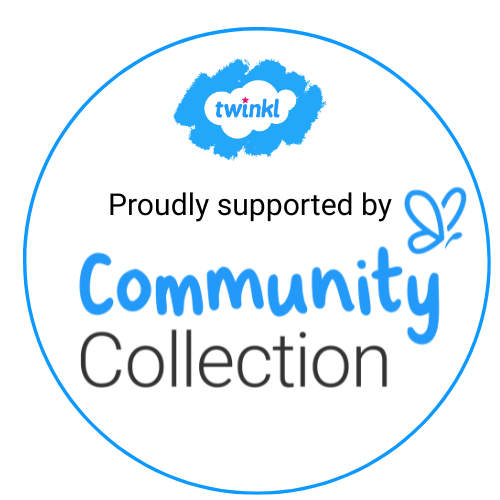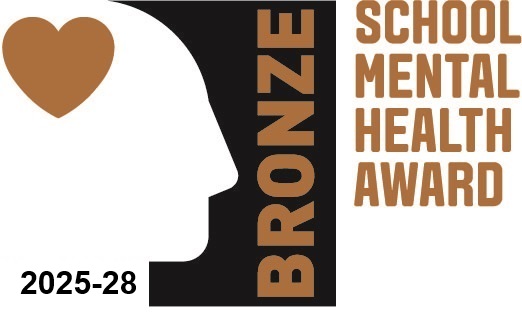Instagram - a guide for parents
Instagram – a guide for parents
What is Instagram?

Whether you’re a parent, guardian, or teacher, or you just spend time around young people, it’s almost certain that you’ve heard of Instagram (or Insta, or IG). Released back in 2010, the photo-sharing application has grown in popularity ever since, with over 1 billion users to date.
In fact, Instagram users are the most engaged out of all social media platforms. Every day on average, 70 million photos are uploaded and there are 25 billion likes on content. The site allows users to interact with people from around the world and share photos and comments.
Age requirement
Anyone 13 and older can create an Instagram account by registering an email address and selecting a username.
Instagram have community guidelines that outline what is acceptable and unacceptable behaviour on the site.
Their five short rules are:
- Post your own photos and videos
- Keep your clothes on
- Be respectful
- Don’t spam
- HAVE FUN!
Some tips for parents and teens
Tools for helping to control how much time you or your teen spends on Instagram
- Instagram (and Facebook) have launched tools to help users better understand and manage how much time they’re spending on the services.
- Access these controls on Instagram by tapping Your Activity in the settings menu.
- At the top, you’ll see a dashboard showing your average time on that device. Tap any bar to see your total time for that day.
- Below the dashboard, you can set a daily reminder to give yourself an alert when you’ve reached the amount of time you want to spend on the app for that day.
- You can change or cancel the reminder at any time. You can also tap on Notification Settings to quickly access the new Mute Push Notifications setting. This will limit your Instagram notifications for a period of time.
You’re all caught up
Instagram has also added a “You’re all caught up” message to let people know they’re all caught up to date on everything their friends and communities are up to. This can relieve the pressure that some teens feel to be constantly checking Instagram to make sure they’re not missing anything.
Knowing who you’re following
Instagram has added an “About This Account” tool that provides details about accounts that reach ‘a large audience’ including when the account started, the country in which it’s located, other accounts with shared followers and any username changes in the last year and any ads the account is currently running. It won’t help your teen when it comes to most individual Instagram users, but it will give them information about accounts from celebrities, companies and others with large followings.
To learn more about an account, go to their Profile, tap the … menu and then select About This Account.
Instagram has also instituted a verification badge, similar to Facebook’s, that celebrities, journalists, politicians, companies and other prominent account holders use to prove that they are who they say they are. This information could help your teen avoid following fake accounts impersonating as public figures and celebrities.
Why some teens have more than one account
There are two words your kids probably know – “Rinsta” and “Finsta.” Rinsta stands for ‘real Instagram account’. The f in “Finsta” stands for fake.
For teens who have both types of accounts, their ‘real’ Instagram (“Rinsta”) is probably tightly curated for a wider audience and their fake Instagram (“Finsta”) is used for a close circle of friends. There’s nothing sinister about a teen having more than one Instagram account – it’s how they project their different sides to different audiences. The Rinsta for their polished, idealised selves, and the Finsta for their casual, authentic side, where they can let their guard down a bit, act silly and not edit out every blemish.
Top Tip:
“Instagram has developed a filter that will block certain offensive comments on posts and in live video. All other comments will appear as they normally do and you can still report comments, delete comments or turn them off. Also, you can always turn this filter off. To access it, click the ‘…’ settings menu from the profile and scroll to tap ‘Comments’.”
The O2 NSPCC Online Safety Helpline can help you to set up parental controls, adjust privacy settings or get advice on social networks. You can call them free on 0808 800 5002. For face to face advice and support, you can also book a free in-store appointment with an O2 Guru (even if you’re not with O2).
What to do if you’re being harassed
Block someone if necessary. If someone’s harassing you, such as repeatedly tagging you in photos you don’t like or sending you a lot of direct messages or trying to engage you in a creepy conversation, you can block them so they can’t tag you, contact you directly or mention you in comments. They also won’t be able to see your profile or search for your account. To block a user, go to his or her profile, tap the three dots at the top right, and select Block. When you block an account, that person isn’t notified and you can unblock an account at any time.
Report problematic posts. You can report other people’s inappropriate photos, videos, stories, or comments – or users who violate Instagram’s community guidelines. Just click on the three dots next to the username, then Report.
You can untag yourself. Only the person who posts can tag people in the post, but – if that person’s profile is public – anyone tagged by the poster can untag themselves. You can untag yourself by tapping on your username in a post, but only if the post is public or if you follow the person who tagged you.
Ignore messages labelled “Request”. If you don’t want to receive a message from someone you don’t know, ignore any messages in your inbox marked Request. If you want to see images only from people you know, limit who you follow.
To report a photo or video: Tap the three dots next to the photo you’d like to report and then Report.
To report a comment: Tap the message bubble below the comment. Swipe left over the comment (iPhone) or tap and hold the comment (Android) you’d like to report. Tap the ! button and choose Spam or Scam or Abusive Content.
For more detailed instructions and guidance on how to use the safety features of Instagram visit the Instagram website: https://help.instagram.com/154475974694511
The following sites have been invaluable in putting this guide together:
https://www.connectsafely.org/instagram/
https://www.net-aware.org.uk/networks/instagram/






